As winter’s grip loosens and spring emerges, so too do our feathered friends return to familiar territories. Many bird species exhibit remarkable site fidelity, often returning to the exact same locations year after year to breed and raise their young. This phenomenon creates a unique opportunity for birdwatchers and nature enthusiasts to recognize and reconnect with the same bird families that previously graced their yards and neighborhoods. The behaviors that signal a bird family’s return can be subtle yet distinctive, offering a window into the fascinating continuity of avian life cycles. Understanding these behavioral patterns not only enhances our birdwatching experience but also deepens our connection to the natural rhythms that unfold in our own backyards.
The Science of Avian Site Fidelity
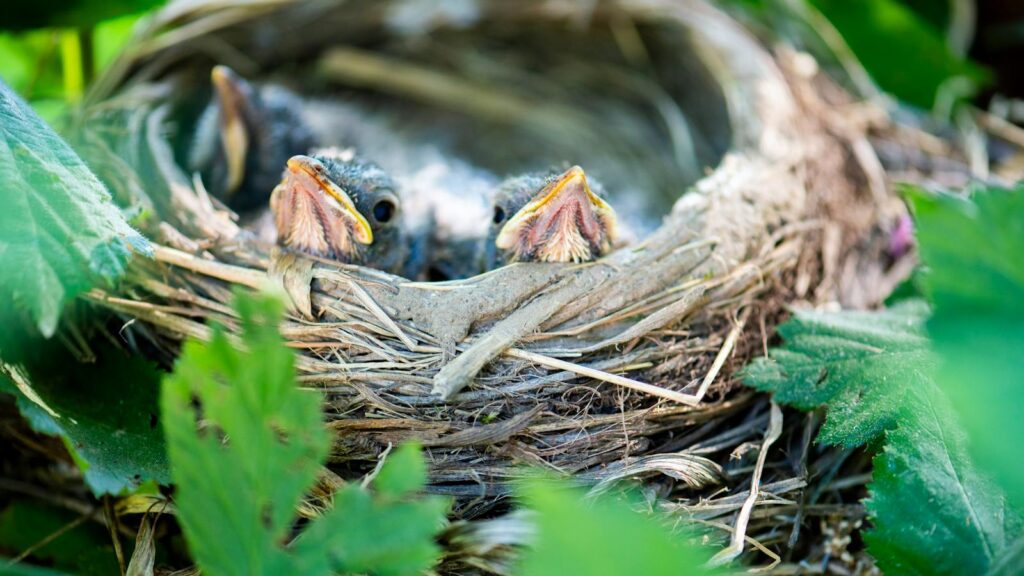
Site fidelity—the tendency of birds to return to previously occupied locations—is a well-documented phenomenon in ornithology. This behavior is driven by several evolutionary advantages, including familiarity with food sources, nesting sites, and potential predators in a given area. Research indicates that successful breeding in a particular location significantly increases the likelihood of return, with some species showing fidelity rates exceeding 80%. Navigation mechanisms enabling this remarkable homing ability include celestial cues, geomagnetic detection, olfactory signals, and visual landmarks. The strength of site fidelity varies among species, with some migratory birds traveling thousands of miles only to return to the exact same tree or birdhouse they inhabited the previous year.
Behavior 1: Early Season Territory Inspection
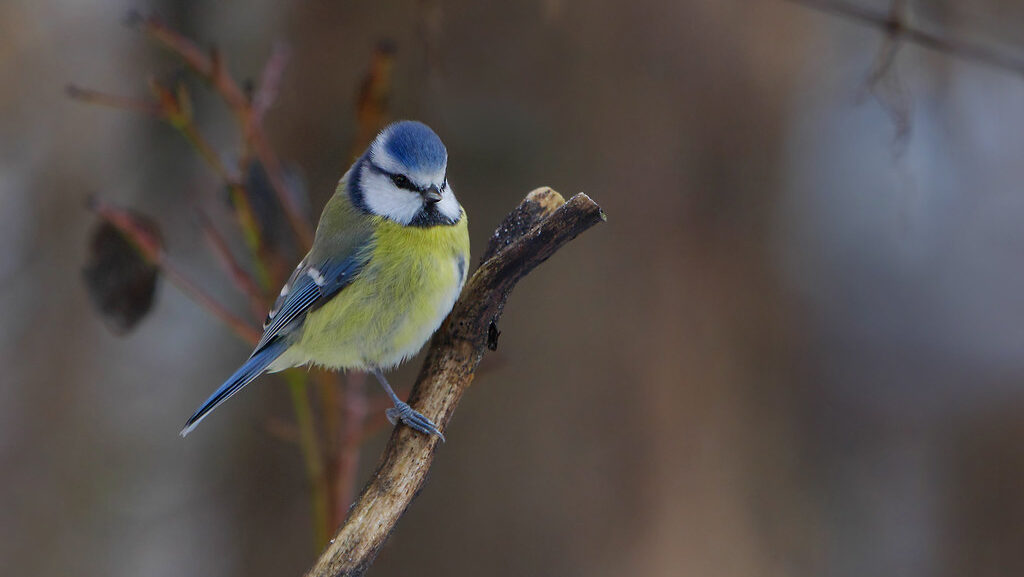
One of the first behaviors indicating a returning bird family is the careful inspection of previous territories, often before settling in completely. These reconnaissance missions typically involve an adult bird—usually the male—arriving ahead of its mate to assess the condition of last year’s nesting site. During these inspections, birds may perch in prominent locations they favored in previous seasons, carefully observing the surroundings for changes or potential threats. The inspection period can last from a few hours to several days, with the bird methodically checking familiar perches, food sources, and nesting materials. Attentive observers might notice the bird appearing to “remember” specific features of the environment, such as preferred entry points to bird houses or particular branches used for singing.
Behavior 2: Distinctive Song Patterns and Vocalizations
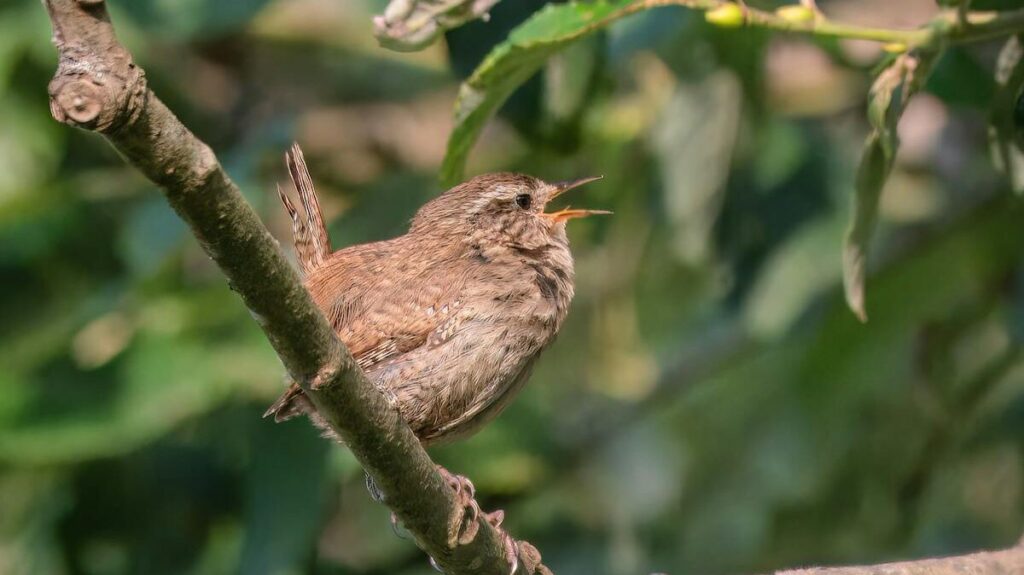
Returning bird families often announce their presence through distinctive song patterns and vocalizations that can be recognized from year to year. Individual birds develop unique acoustic signatures within the general framework of their species’ song, much like a personal dialect or accent. These sonic fingerprints may include specific note sequences, rhythm variations, or distinctive call endings that remain consistent across seasons. Particularly in songbirds like cardinals, robins, and chickadees, the male’s territorial song will often be delivered from the same perches used in previous years. Some species even demonstrate progressive song development, with returning individuals building upon their previous year’s repertoire, adding complexity that can help human observers identify the same individuals across multiple seasons.
Behavior 3: Familiar Nesting Site Reoccupation
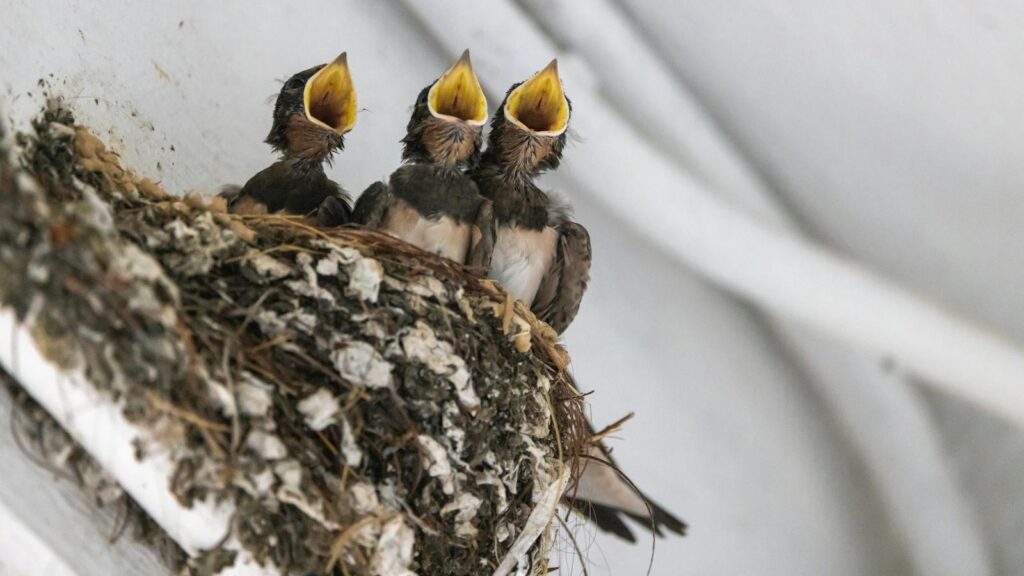
Perhaps the most compelling evidence of a returning bird family is the reoccupation of previous nesting sites, often with remarkable precision. Species like barn swallows may return to the exact same nest, repairing and refurbishing it rather than building anew. Even more impressive are cavity-nesting birds such as bluebirds, chickadees, and woodpeckers, which frequently return to the same nest box or tree cavity they used previously. This behavior creates an opportunity for observers to witness the entire cycle repeat, from initial inspection to repair and eventual occupation. The timing of reoccupation often follows a predictable schedule that mirrors the previous year’s pattern, sometimes occurring within the same calendar week across multiple years.
Behavior 4: Established Feeding Routines and Patterns
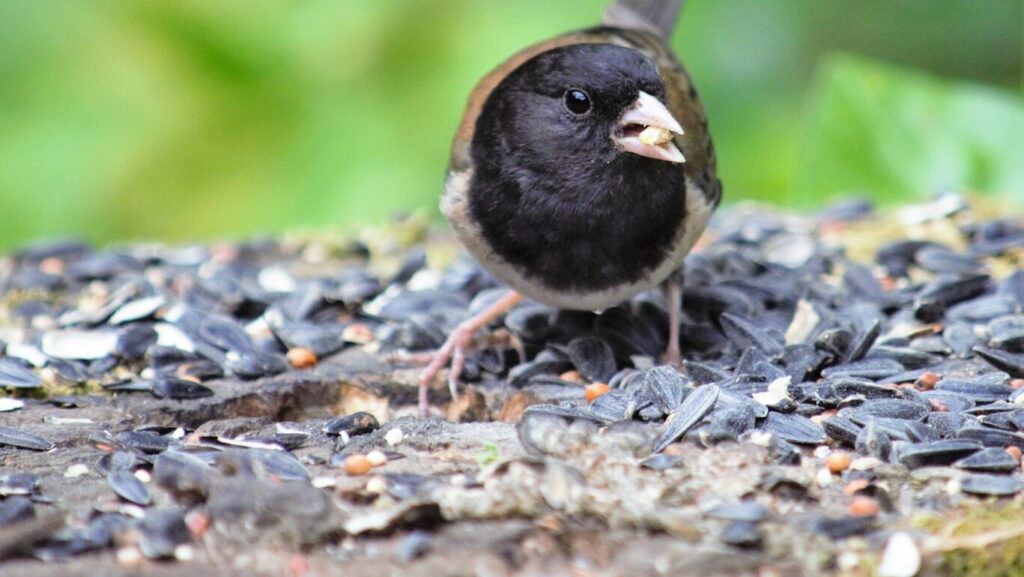
Returning bird families frequently demonstrate remarkable consistency in their feeding behaviors, following established routines that can serve as reliable identification markers. These patterns include preferred feeding times, specific approaches to feeders, and distinctive feeding techniques that carry over from previous seasons. For example, a returning family of chickadees might maintain their habit of retrieving sunflower seeds one by one and flying to the same nearby branch to crack them open. Hummingbirds may resume their territorial defense of specific feeders, hovering in characteristic patterns before approaching. Even ground-feeding species like juncos or mourning doves often return to the same spots beneath feeders, maintaining their social hierarchies and spacing preferences established in previous visits.
Behavior 5: Familiar Flight Paths and Movement Corridors
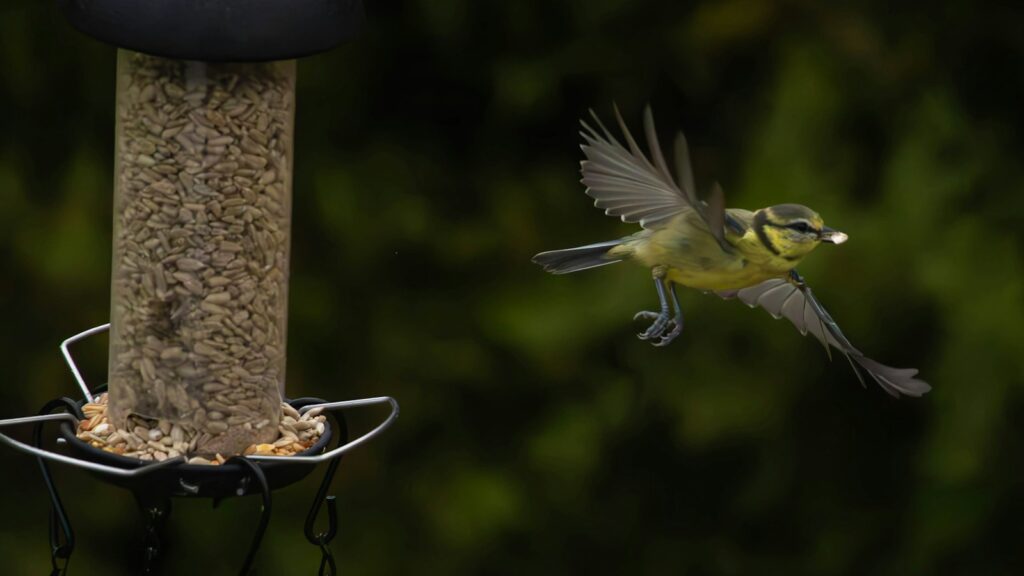
Bird families that have previously inhabited an area often establish and maintain specific flight paths that they use season after season. These aerial corridors function as invisible highways connecting nesting sites to feeding areas, water sources, and shelter locations. Observers may notice birds consistently approaching bird feeders from the same direction or following identical routes when alarmed. Particularly in species with strong pair bonds like cardinals or mourning doves, couples may retrace the same daily circuits they established in previous years. Some returning families even maintain specific “staging areas”—trees or shrubs where they gather before approaching feeders or water sources—creating recognizable patterns that persist across breeding seasons.
Tools for Identifying Returning Families

Modern technology has greatly enhanced our ability to confirm the return of specific bird families, moving beyond mere observation to scientific certainty. Bird banding programs, where individuals receive unique leg bands, provide definitive identification when the same birds return to an area. Photography offers another valuable tool, as distinctive markings or mutations can be documented and compared across seasons. Citizen science platforms like eBird and Project FeederWatch enable hobbyists to systematically record observations and track patterns over time. For particularly dedicated observers, specialized equipment like RFID feeders can log visits from microchipped birds, creating indisputable records of returning individuals and revealing insights about their changing behaviors across multiple seasons.
Creating an Environment That Encourages Returns
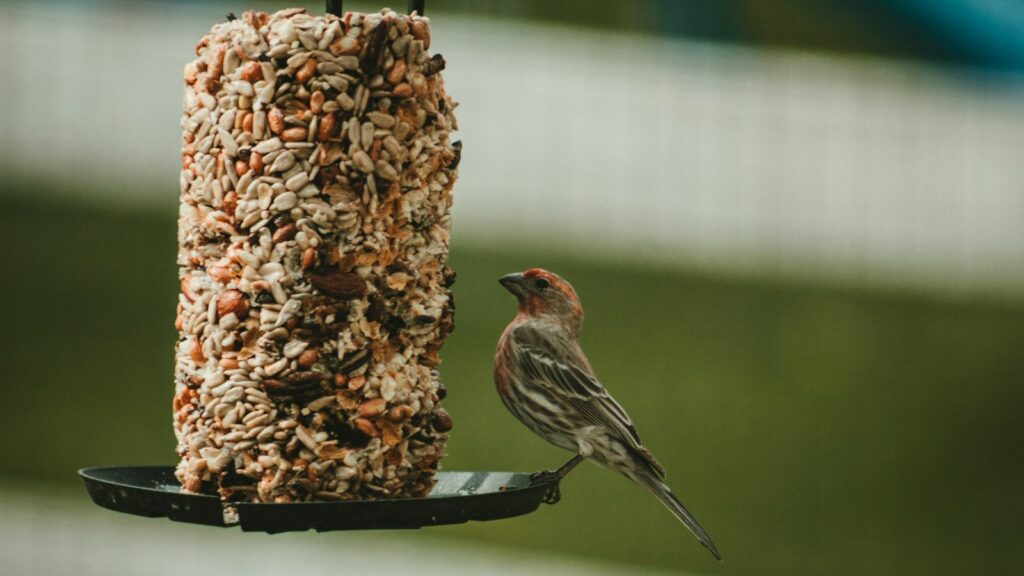
Homeowners and property managers can take specific actions to increase the likelihood of bird families returning year after year. Maintaining consistent feeding stations throughout the year ensures food reliability, a key factor in site fidelity decisions. Preserving successful nesting sites, including leaving intact nests in protected locations where possible, signals to birds that the location remains viable. Strategic native plant cultivation provides natural food sources, nesting materials, and shelter that can sustain multiple generations of the same bird family. Minimizing changes to the landscape during critical seasons, particularly early spring when territory decisions are being made, helps retain the environmental cues birds use for navigation and site recognition.
Species Most Likely to Return as Families
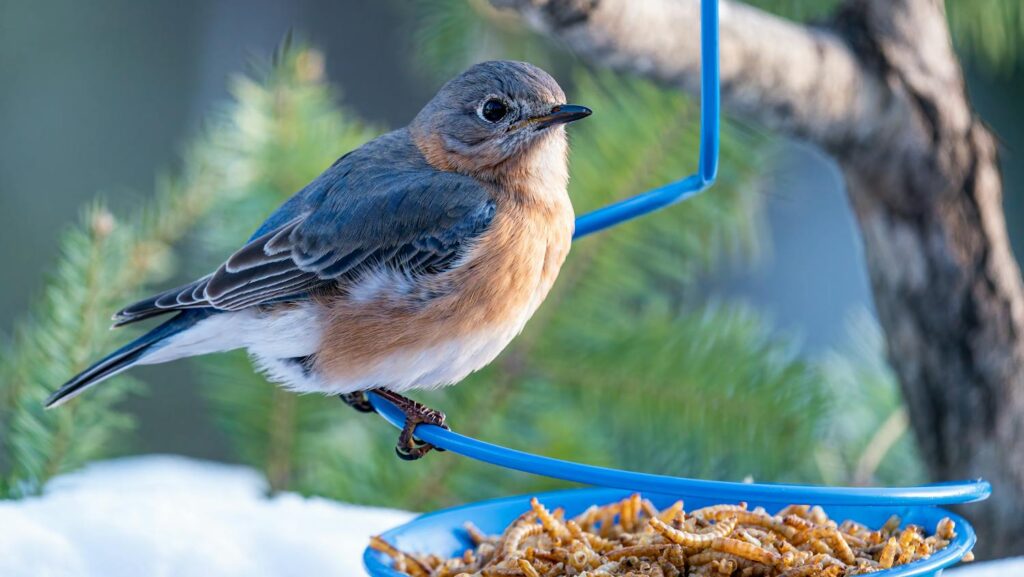
While many bird species exhibit some degree of site fidelity, certain species are particularly reliable returners, making them excellent subjects for observing family continuity. Eastern Bluebirds demonstrate strong nest box fidelity, with pairs often returning to the same box for multiple years if they previously raised successful broods there. Tree Swallows show similarly strong site attachment, with studies indicating return rates exceeding 40% for adult females. Among non-migratory species, Northern Cardinals and Carolina Chickadees often maintain year-round territories, with family groups establishing multi-generational presence in suitable habitats. Woodpeckers, particularly Downy and Red-bellied species, frequently return to the same general territory, sometimes even utilizing the same trees for both feeding and nesting activities year after year.
Challenges to Reliable Returns
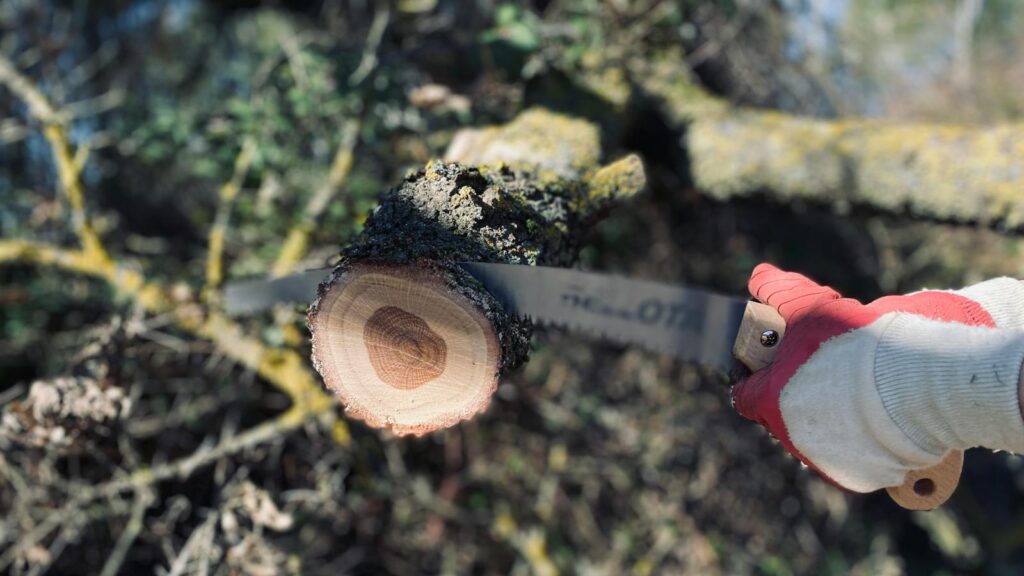
Despite strong instincts for site fidelity, several factors can disrupt the pattern of family returns, creating gaps in otherwise predictable cycles. Habitat degradation presents perhaps the most significant threat, with development, tree removal, or changes in vegetation structure potentially rendering previously suitable areas uninhabitable. Predator population increases, particularly from free-roaming cats, hawks, or invasive species, may force birds to abandon otherwise preferred territories. Climate change impacts, including altered migration timing and shifting plant phenology, can create mismatches between birds’ arrival and optimal breeding conditions. Even well-intentioned changes, such as feeder relocation or nest box repositioning, might temporarily confuse returning birds, though many species will eventually adapt to minor modifications.
Documenting Bird Family Returns

Creating a systematic approach to documenting bird family returns enhances both scientific value and personal enjoyment of these observations. A dedicated bird journal with date-stamped entries allows for year-to-year comparisons of arrival times, behaviors, and nesting success. Photographic documentation, particularly of distinctive markings or behaviors, provides valuable reference material for confirming identities across seasons. Establishing a consistent observation schedule—perhaps a morning ritual during spring arrival season—increases the chances of detecting first returns and early territory establishment. Sharing observations through citizen science platforms contributes to broader understanding of site fidelity patterns while connecting observers with others tracking the same phenomena.
Emotional Benefits of Recognizing Returning Families
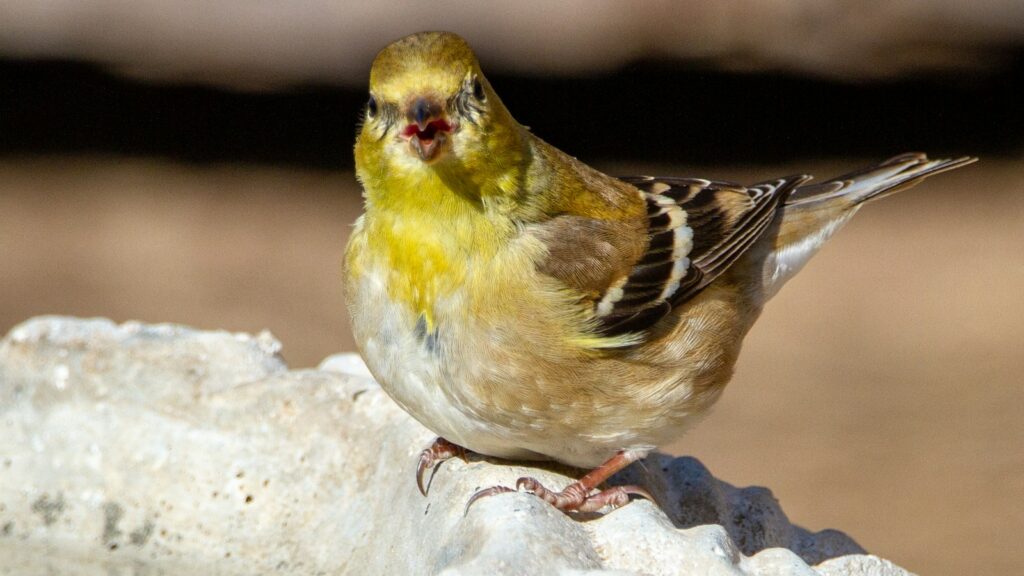
The ability to recognize returning bird families creates a unique emotional connection between humans and wildlife that transcends casual observation. Many birdwatchers report a sense of reunion and continuity when they confirm that “their” birds have successfully returned after a migration or winter absence. This recognition often transforms anonymous wildlife watching into a more personal relationship, as observers come to know individual birds and their distinctive traits across multiple seasons. For children especially, witnessing the return of familiar birds provides valuable lessons about life cycles, resilience, and the interconnectedness of ecosystems. During times of personal or societal upheaval, the predictable return of bird families can offer reassurance and a sense of natural order continuing despite other disruptions.
Conclusion: The Broader Significance of Avian Returns
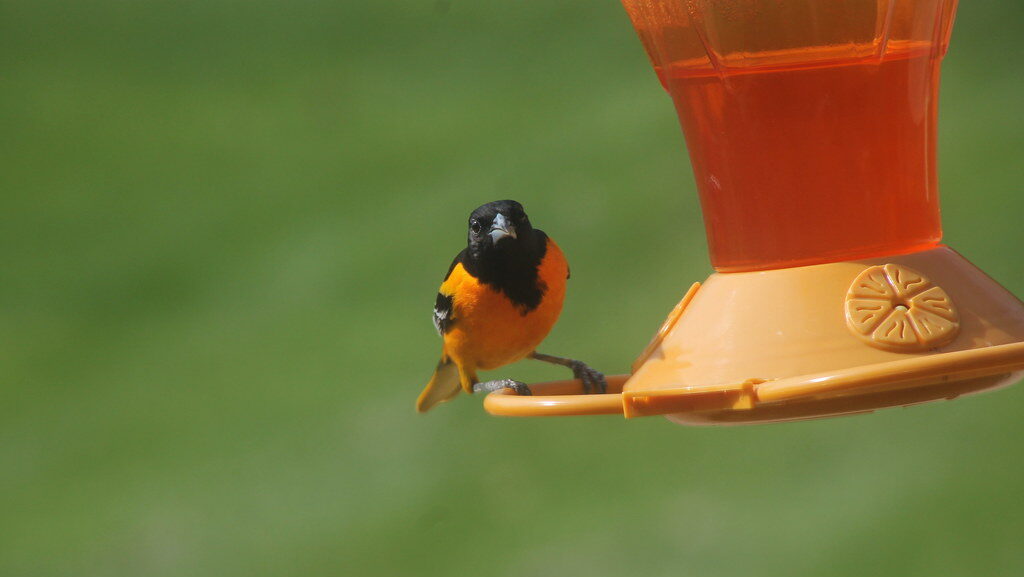
The behaviors that help us recognize returning bird families represent more than just fascinating natural history—they provide windows into the complex web of relationships that sustain ecosystems across time. When birds return to our yards and neighborhoods year after year, they demonstrate the success of these spaces as habitat while creating opportunities for ongoing conservation through deeper human engagement. Each recognized return strengthens our investment in protecting the environments that make these cycles possible. By learning to identify the subtle behaviors that signal familiar avian families have come home, we develop not just better birdwatching skills but a more profound understanding of our role in supporting the natural rhythms that have persisted for millennia and, with our help, will continue for generations to come.
